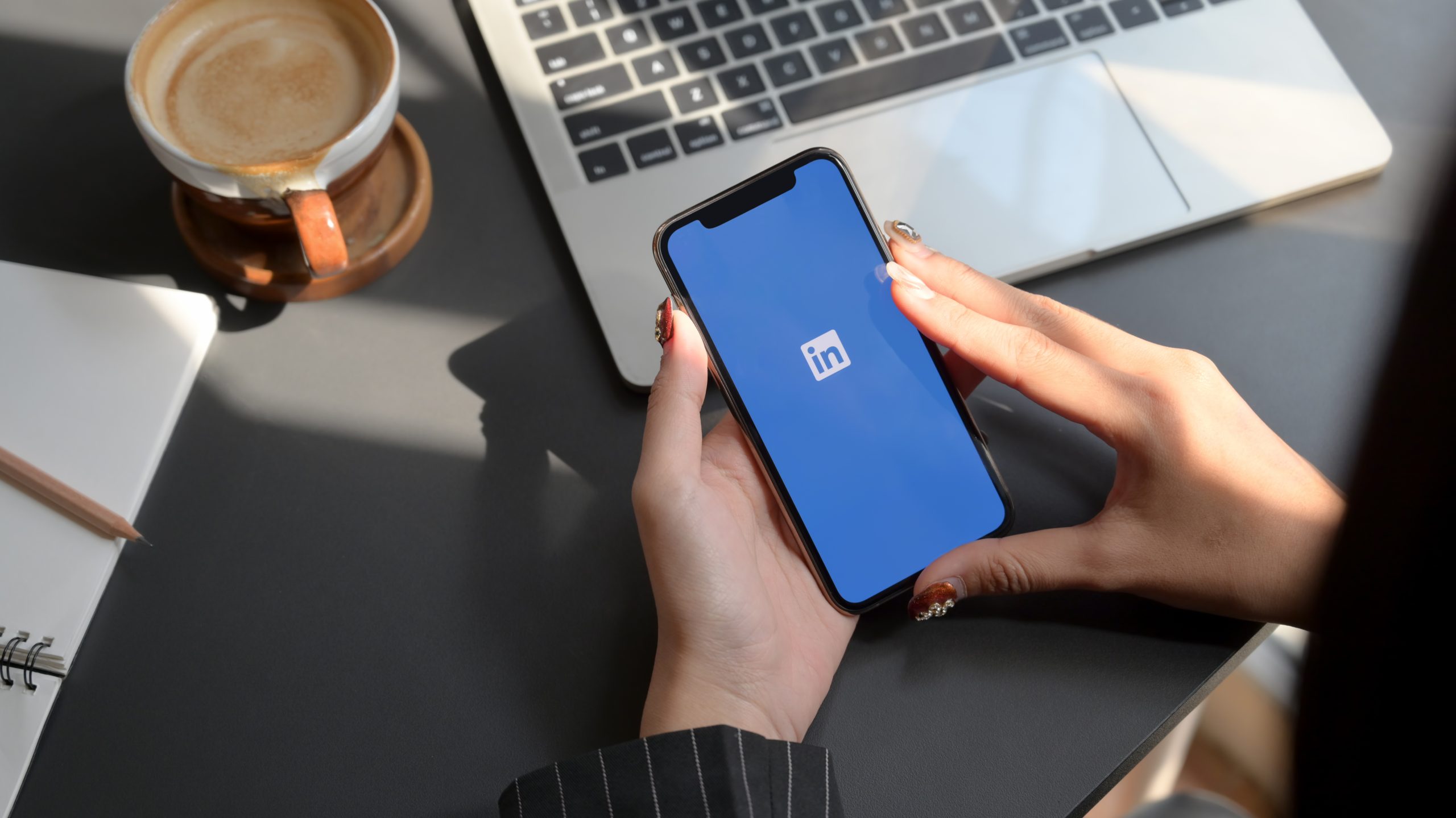LinkedIn advertising has grown into a central pillar of many B2B and professional marketing strategies. For businesses aiming to reach decision-makers, executives, and niche professional audiences, LinkedIn offers unique targeting capabilities and credibility. However, many advertisers ask: why are LinkedIn ads so expensive? In this post, we’ll explore the factors behind the cost, how to make the most of your budget, and practical tips to improve return on investment.
Introduction: Understanding the high cost of LinkedIn advertising
LinkedIn advertising is renowned for its premium targeting options, higher engagement quality, and the professional context it provides. While the platform can deliver impressive results, the cost-per-click (CPC) and cost-per-impression (CPM) are often higher than other social platforms. This premium price is not arbitrary; it reflects the value LinkedIn offers to brands seeking precise professional reach, lead quality, and robust bidding dynamics.
The anatomy of LinkedIn advertising costs
Competitive auction environment
LinkedIn operates a real-time auction for ad placements. Because the platform attracts a high-value audience, people in managerial roles, decision-makers, and industry professionals, the demand for these impressions tends to outpace supply. Advertisers are willing to bid more for attention, which drives up CPC and CPM.
Superior targeting capabilities
One of LinkedIn’s standout advantages is its professional targeting. Marketers can target by job title, company size, industry, function, seniority, skills, and even member groups. This granularity attracts advertisers who are prepared to pay a premium for precise reach, especially for complex B2B sales cycles and high-value leads.
Ad formats and credibility
LinkedIn offers ad formats like Sponsored Content, Message Ads (formerly InMail), Dynamic Ads, and Text Ads. The platform’s professional context often lends higher credibility and engagement rates, which can translate into higher CPCs but also better lead quality and conversion rates when paired with strong offers and content.
Lead quality and sales cycle
B2B sales cycles on LinkedIn are typically longer and more consultative. The leads generated from LinkedIn ads often have higher lifetime value, which some advertisers are willing to pay a premium to acquire. The perceived quality justifies the higher cost for many marketers who measure success by qualified leads rather than sheer volume.
Is the cost worth it? Evaluating value over price
Quality over quantity
For many B2B marketers, a smaller, highly targeted audience of qualified leads can outperform a larger, less-qualified audience from other networks. The higher engagement quality and intent can result in a stronger pipeline and higher conversion rates, offsetting the higher cost per click or impression.
Alignment with buyer intent
LinkedIn users frequently engage in professional research, vendor evaluations, and network-building activities. This intent alignment means that, even at higher costs, campaigns can produce meaningful interactions, such as form submissions, demo requests, or direct inquiries.
Long-term brand and credibility benefits
Having a presence on LinkedIn often enhances brand credibility in professional communities. This intangible value can contribute to better nurture and conversion over time, complementing direct response metrics.
Strategies to improve ROI on LinkedIn advertising
Refine your targeting
- Start with a broad audience and gradually narrow using multiple criteria (job titles, industries, company sizes, seniority).
- Use matched audiences to retarget website visitors, leads, or existing customers.
- Exclude high-friction segments that are unlikely to convert.
Creative and offer optimization
- Craft clear value propositions tailored to the LinkedIn audience.
- Use diverse formats: Sponsored Content with strong visuals, videos, and concise copy; Message Ads for direct outreach with a relevant offer.
- A/B test headlines, images, and calls to action to identify what resonates with your target audience.
Landing page and funnel optimization
- Ensure landing pages are mobile-friendly, fast-loading, and aligned with the ad offer.
- Minimize friction in forms; consider progressive profiling to gather essential data gradually.
- Align the post-click experience with the ad messaging to improve conversion rates.
Budget pacing and bidding strategies
- Use a disciplined bidding strategy (CPC, CPM, or CPA) aligned with your goals.
- Consider bid caps to control costs during high-competition periods.
- Schedule ads to run during business hours or peak decision-making times for your audience.
Measurement and attribution
- Define success metrics early (lead quality, SQLs, cost per qualified lead).
- Implement proper attribution models to understand the contribution of LinkedIn ads within the broader funnel.
- Leverage LinkedIn’s reporting tools and export data to your analytics platform for deeper insights.
Common pitfalls to avoid
- Over-targeting or under-targeting: Striking the balance is crucial; too narrow may limit reach, too broad may waste spend.
- Neglecting creative testing: Without testing, you can’t know which message resonates.
- Ignoring post-click experience: A great ad is wasted if the landing page fails to convert.
Final thoughts
LinkedIn advertising offers unparalleled access to a professional audience and high-quality leads, which often comes with a higher price tag. The cost is a reflection of the platform’s precise targeting, premium context, and the value marketers place on qualified engagement. By focusing on targeting precision, creative relevance, and a well-structured funnel, you can improve ROI and make the most of your LinkedIn advertising budget. If you’re aiming to reach decision-makers and niche professional segments, the investment can be worthwhile when managed strategically.
